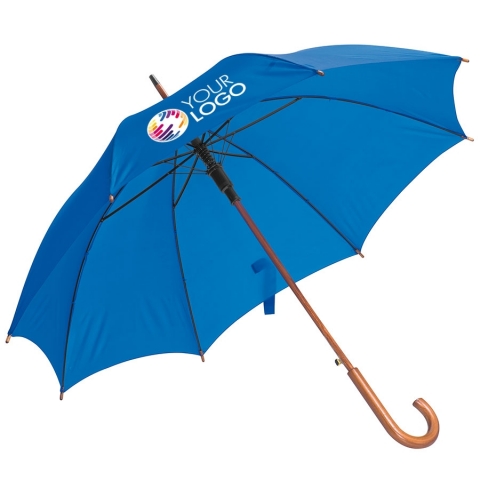Silk Screen Printing has a long history. It derives from so called template painting known in antiquity. The key element is a mesh which creates a screen. Part of the holes in the screen is blocked while the open ones are the areas that make a matrix. During the process a sticky paint is distributed on the whole surface of the screen with a squeegee. The paint goes through open holes directly to a labelled advertising product. An effective advertising print is created. Screen printing can be used with many types of products: textiles, cotton, knitted fabrics and also with plastics and wood. Thus, clothes, bags, umbrellas, caps as well as plastic, wood and leather gadgets can be labelled with this method.
Screen printing advantages:
- Wide use - screen print is used with many types of materials: cotton, knitted fabrics, plastics, wood
- Durability - paints used in this method are permanent - they are resistant to moisture, UV radiation, mechanical damages, washing
- Intensiveness of colours - in screen printing high quantity of paint is used to achieve very clear and intensive colours
- Price - this technology is affordable with labelling both single objects and high volume production
- Versatility - screen printing can be applied to flat and cylindrical surfaces.
Labelling group symbols: S1, S2, ST.

